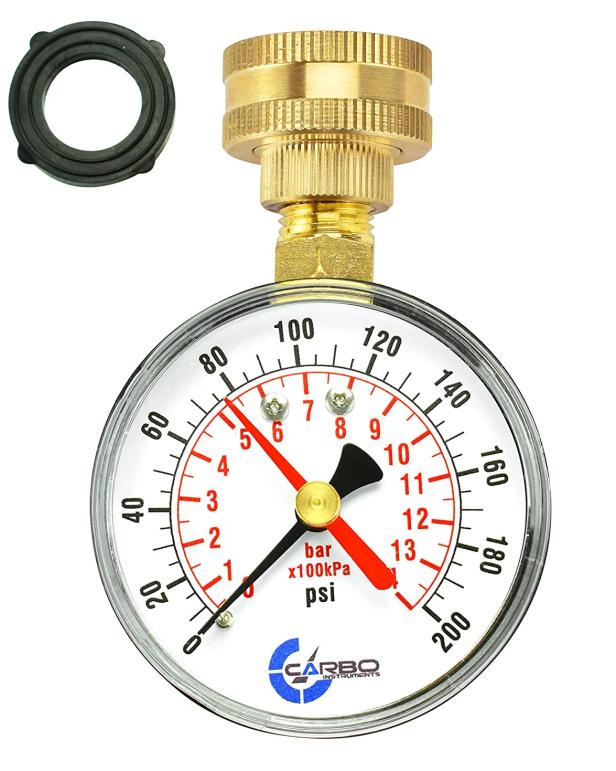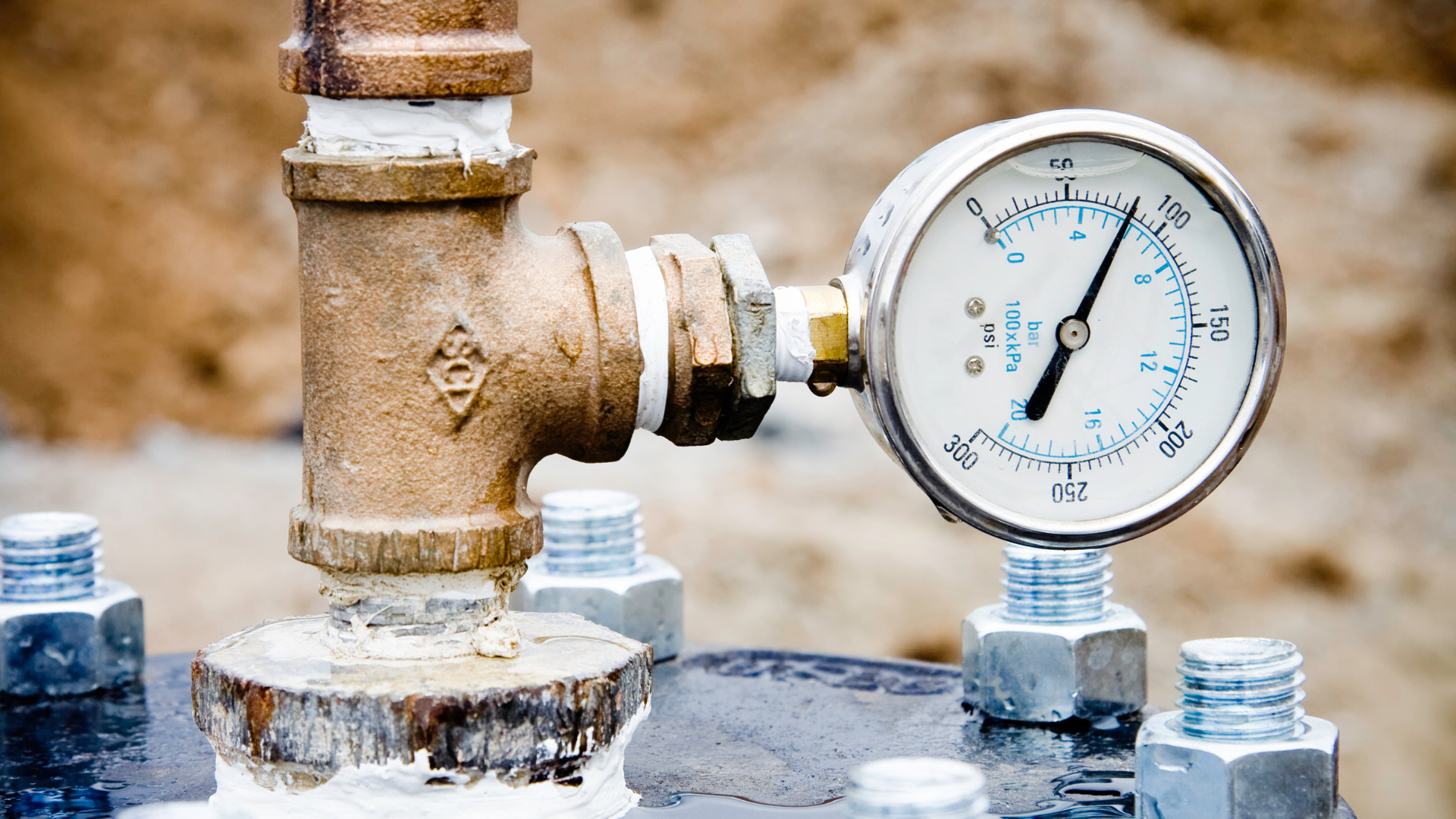This great article down below pertaining to 10 Reasons for Low Water Pressure in Your House is particularly interesting. You should check it out.

Low tide stress in your home can be an aggravating trouble, influencing whatever from showering to washing recipes. If you're experiencing weak water circulation, there are numerous possible reasons and solutions to explore. In this overview, we'll discuss common factors for low water stress and practical actions to attend to the issue efficiently.
Introduction to Low Water Stress
Low water stress happens when the flow of water from your faucets, showers, and other components is weak than typical. This can make day-to-day jobs much more difficult and much less reliable. Recognizing the causes of low water stress is vital to locating the ideal remedy.
Common Reasons For Low Tide Stress
Faulty Pressure Regulatory Authorities
Pressure regulatory authorities are responsible for preserving regular water stress in your house. If they malfunction, it can lead to low tide pressure or irregular circulation throughout the house.
Local Water Supply Issues
Sometimes, the trouble exists outside your home. Municipal water concerns, such as main line leaks or maintenance work, can temporarily minimize water stress in your area.
Pipeline Obstructions
Over time, pipelines can become obstructed with natural resource, debris, or particles, limiting the circulation of water. This is a typical concern in older homes with galvanized steel pipelines.
Rust
Corrosion within pipelines can bring about leaks and minimized water pressure. Corrosion accumulation can restrict water circulation, specifically in maturing plumbing systems.
How to Diagnose Low Tide Stress
Evaluating Pipelines
Evaluate visible pipes for signs of leakages, corrosion, or clogs. Take notice of any unusual noises, such as banging or rattling pipes, which can suggest concerns within the plumbing system.
Consulting with a Plumber
If you're unable to identify the source of low tide pressure, think about employing a specialist plumber to carry out a thorough examination. They can determine underlying concerns and recommend ideal services.
Checking Taps and Components
Begin by examining the water stress at various faucets and components throughout your home. If the problem is isolated to particular areas, it might suggest local issues.
Do It Yourself Solutions to Deal With Low Water Pressure
Flushing Hot Water Heater
Sediment build-up in the water heater can limit flow and lower effectiveness. Purging the tank occasionally helps eliminate debris and maintain ideal efficiency.
Checking Pressure Regulator
Guarantee that the pressure regulator is working properly. Changing or replacing the regulator can help bring back proper water stress throughout your home.
Cleansing Aerators and Showerheads
Natural resources can build up in aerators and showerheads, lowering water flow. Get rid of and clean these components routinely to improve water stress.
Clearing Clogs in Water Lines
For minor obstructions, attempt making use of a plumbing snake or chemical drainpipe cleaner to clear blockages in pipes. Be cautious when utilizing chemicals and follow security guidelines.
When to Call a Professional Plumber
If DIY initiatives fail to fix the issue or if you presume considerable plumbing problems, it's best to look for assistance from a qualified plumber. They have the know-how and devices to deal with intricate concerns safely and properly.
Preventive Measures to Preserve Water Pressure
Installing a Stress Booster
Take into consideration installing a pressure booster pump to improve water pressure in locations with continually reduced flow. This can be specifically valuable for multi-story homes or buildings with high-demand components.
Monitoring Water Use
Be mindful of water use behaviors and stay clear of overtaxing the plumbing system. Simple adjustments, such as staggering showers and washing tons, can assist keep ample water stress.
Normal Maintenance
Schedule regular upkeep for your plumbing system to stop concerns such as corrosion, leakages, and obstructions. Dealing with small troubles early can assist prevent more substantial repairs later.
Verdict
Managing low water stress can be discouraging, but recognizing the underlying causes and applying proper services can recover optimal circulation throughout your home. Whether it's cleaning aerators, checking pipelines, or speaking with a plumber, taking proactive actions can make certain a stable supply of water for your day-to-day demands.
FOUR WAYS TO FIX LOW WATER PRESSURE NOW
Turning on a shower or faucet only to find the water comes out in a sad, slow drizzle is never a good feeling. How exactly are you supposed to wash a pan or take a quick shower when it takes 10 minutes just to rinse off a little soap? The good news is that when your water pressure is bad, there's always a cause: typically one that can be easily fixed. Here are some of the most common causes of low pressure and what you can do to fix the issue:
DEBRIS AND MINERAL DEPOSIT BUILDUPS
If you notice low water pressure from just one or two of the fixtures in your house, the problem likely has to do with debris buildup. Water is full of minerals and other debris, all of which can accumulate in your pipes and on your fixtures. This can cause a blockage that affects how much water flows through. To fix this, try filling a small plastic bag with white vinegar, and use a rubber band to hang it around your showerhead or faucet. Let the head of the fixture soak for a few hours, and the vinegar should loosen the deposits.
WATER LEAKS
Leaks are another common cause of low water pressure. If water is flowing out of your plumbing through a hole or crack before it can reach your fixture, the pressure coming out of the faucet or showerhead will be lower. A plumbing professional is your best bet for finding and repairing a leak in your water supply pipes.
Leaks are another common cause of low water pressure. If water is flowing out of your plumbing through a hole or crack before it can reach your fixture, the pressure coming out of the faucet or showerhead will be lower. A plumbing professional is your best bet for finding and repairing a leak in your water supply pipes.
A VALVE ISSUE
If you have low water pressure throughout your home, check your main shut-off valve to make sure it's completely open. You may also want to see if there's a pressure-reducing valve installed. If there is, have a plumber help you adjust the settings to get the pressure you're looking for.
OTHERS USING WATER
Believe it or not, your low water pressure could be caused by your neighbors. If you notice low pressure at certain times of day, it may be because you and the people living next to you have similar schedules - when everyone is showering at the same time, the pressure will be lower in every home. Low pressure throughout the neighborhood may also be caused by an issue with your municipal water supply. If that's the case, call the supplier to see if they're working on the issue.
https://www.rotorooter.com/blog/water-leaking/low-water-pressure-fixes/

I discovered that piece of writing about Dealing with Low Water Pressure in Your Home when doing a lookup on the search engines. Sharing is caring. Helping people is fun. We enjoy your readership.
Call Today